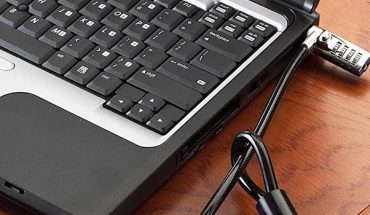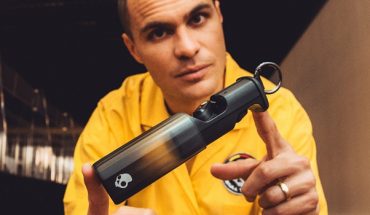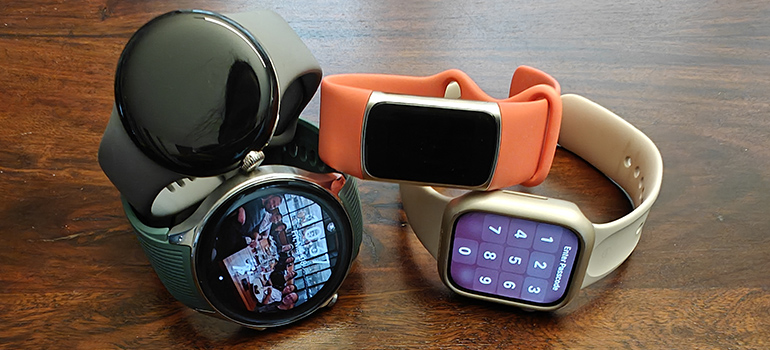 By now, most people have owned at least one basic fitness tracker. You might be considering upgrading to a smartwatch for additional functionality from your wrist. Maybe you already have a smartwatch but it’s time for an upgrade. There are so many options on the market today. The first consideration to make, of course, is compatibility. You need a smartwatch that works with your smartphone. The Apple Watch, for example, only works with iPhone while Samsung Galaxy watches only work with Samsung Galaxy Phones. Watches from other brands, however, like Fitbit, Garmin, and Amazfit work with both mobile operating systems.
By now, most people have owned at least one basic fitness tracker. You might be considering upgrading to a smartwatch for additional functionality from your wrist. Maybe you already have a smartwatch but it’s time for an upgrade. There are so many options on the market today. The first consideration to make, of course, is compatibility. You need a smartwatch that works with your smartphone. The Apple Watch, for example, only works with iPhone while Samsung Galaxy watches only work with Samsung Galaxy Phones. Watches from other brands, however, like Fitbit, Garmin, and Amazfit work with both mobile operating systems.
Once you determine compatibility, there are a few other features you should not skimp on when it comes to a smartwatch. Here’s a checklist to consider.
Battery Life
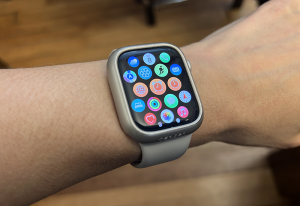
Apple Watch
Most important for a smartwatch is battery life. While iPhone users are willing to sacrifice in this department to enjoy the seamless experience with an Apple Watch, it tends to be an exception. The smartwatch only offers up to one day battery life (Ultra 2 model excepted, though it still only goes up to 36 hours with average use). Ideally, uou want a smartwatch that can last multiple days so you only need to charge it once or twice per week. Charging time typically means losing either some steps and calorie burn or sleep tracking. Most models charge quickly, so you can be back to 100% in an hour or less.
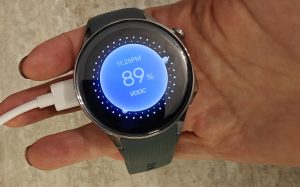 If you’re a stickler for capturing every last minute of your activity (say, if you hold daily competitions with friends), look for a watch that has both great battery life and supports fast charging. The new OnePlus Watch 2 smartwatch, for example, supports VOOC fast charging so you can charge it for just 10 minutes to get a full extra day. On a regular basis, it also lasts for up to 4 days per charge and can extend up to 12 using the Power Saver mode with limited functionality.
If you’re a stickler for capturing every last minute of your activity (say, if you hold daily competitions with friends), look for a watch that has both great battery life and supports fast charging. The new OnePlus Watch 2 smartwatch, for example, supports VOOC fast charging so you can charge it for just 10 minutes to get a full extra day. On a regular basis, it also lasts for up to 4 days per charge and can extend up to 12 using the Power Saver mode with limited functionality.
App Support
You might only want to use a small selection of apps on the smartwatch, but you want to make sure that the watch supports third-party app downloads to begin with, and that it works with the ones you want. This might range from Uber to Starbucks, a mobile wallet to WhatsApp, as well as various fitness tracking apps. Consider which apps you want to use and check to make sure they are available first.
Google Pixel Watch 2
For example, the aforementioned OnePlus Watch 2 does not support the Ring video doorbell app whereas I can get notifications and view motion alerts on my Apple Watch. Smartwatches like the Google Pixel Watch 2, meanwhile, work with all the most popular Google apps, from Maps to Wallet to Assistant and more. For a watch that supports the Google ecosystem, look for one based on WearOS.
Easy Manipulation
You want to make sure the screen is easy to manipulate. If you have larger fingers and hands, for example, you might want a smartwatch with a larger face versus something small and dainty. You might also prefer alternative methods for navigation, like a side digital crown, buttons, or scroll wheels.
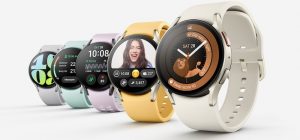
Samsung Galaxy Watch 6
Some smartwatches even allow you to adjust font size and app icon size, which can be crucial if you have visual impairments. You can adjust the font size on a smartwatch like the Samsung Galaxy Watch 6, to ensure it’s as easy to read as possible.
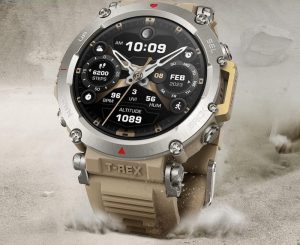
Amazfit T-Rex Ultra
Peak Brightness
Peak brightness might be one of those specs you don’t pay much attention to, but it can matter, especially if you spend a lot of time outdoors and want to be able to manipulate the screen, follow workouts, control music playback, read messages, and more. A typical peak brightness for a smartwatch might hover around 450-600 nits, but you can find ones with incredibly high peak brightness, like outdoor GPS smartwatch that offers up to 1,000 nits peak brightness, or the aforementioned Samsung Galaxy Watch 6 that can go up to 2,000 nits. For someone who runs outdoors during peak sun hours, commutes daily, or likes to go on outdoor adventures, peak brightness is a feature that shouldn’t be overlooked.
Music Storage
While most people have their phones with them while they exercise or commute, there are times when you might want to leave it behind. A good example might be at the gym, where you’ll want to leave it in the car or in the locker so you can move freely from one machine to the next. To be able to listen to music without it requires either a smartwatch that has its own cellular connection or one that has space for music storage. All it takes is a small amount of storage to keep an entire playlist downloaded from a service like Apple Music or Spotify, or from your own collection. If you find you’re listening to music most often when your phone isn’t nearby, it’s worth looking for one that has ample storage space.
It’s also important that the process for getting the watch to the music is simple. With Apple Watch, for example, you can load an Apple Music playlist to the watch from the app within seconds. The Garmin Venu 3 can store up to 2,000 songs and easily syncs tuns from Spotify, Amazon Music, Deezer, and iHeartRadio, with offline syncing available for all services (subscriptions are, of course, required). What’s more, you can listen to up to 11 hours of music, even with GPS, per charge, and play tunes while offline. That makes this watch ideal for runners.
Find Your Perfect Smartwatch
Before determining what smartwatch is right for you, run through this list and make sure it checks all the boxes. Whether you have already found a smartwatch brand or ecosystem you love, like Fitbit or Garmin, or you’re open to anything, the specific model you choose matters, too. The good news is that with so many options in the category, you’ll be able to find something that meets your needs and fits your budget.
-30-
More on smartwatches

